Clodagh Finn: Let’s back campaign for public tribute to Mary Jane Irwin
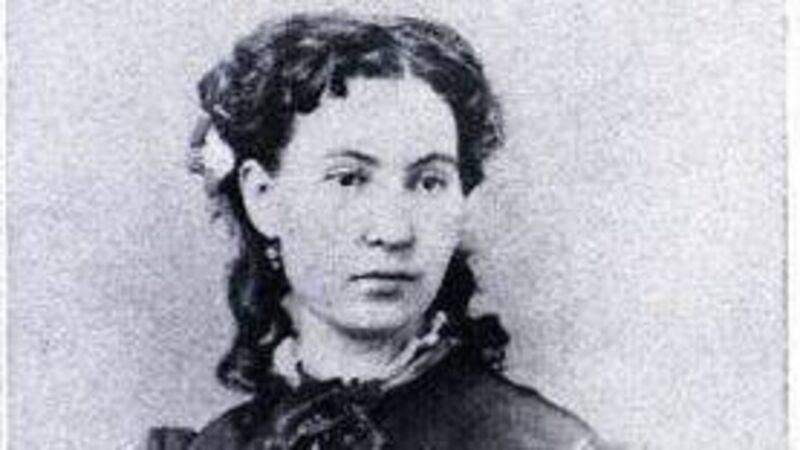
Mary Jane Irwin O'Donovan Rossa, whose life is celebrated in the film 'Rebel Wife'.
Tojo, the Brazilian spider monkey, is a new acquaintance. His jaunty salute, beautifully memorialised in bronze by sculptor Moss Gaynor, stopped me in my tracks while walking down Recorder’s Alley in Clonakilty on a recent gallivant.
The fantastical story of how a monkey came to be publicly feted in the West Cork town, and more incredibly, mourned and buried with full military honours is told in a panel on the wall beside him, under the heading: “The day the war came.”
The war in question is World War II when, on April 7 1943, an American Air Force B17 bomber, ‘Tain’t a Bird’, made a forced landing at White’s Marsh near Clonakilty.
The crew — 10 men and one war-mascot monkey — were ‘interned’ for three days in O’Donovan’s Hotel which, we’re told, took on a carnival atmosphere. The monkey was considered “a great wonder” and when it died shortly after landing, it was buried with great fanfare in the hotel’s garden (now the function room).
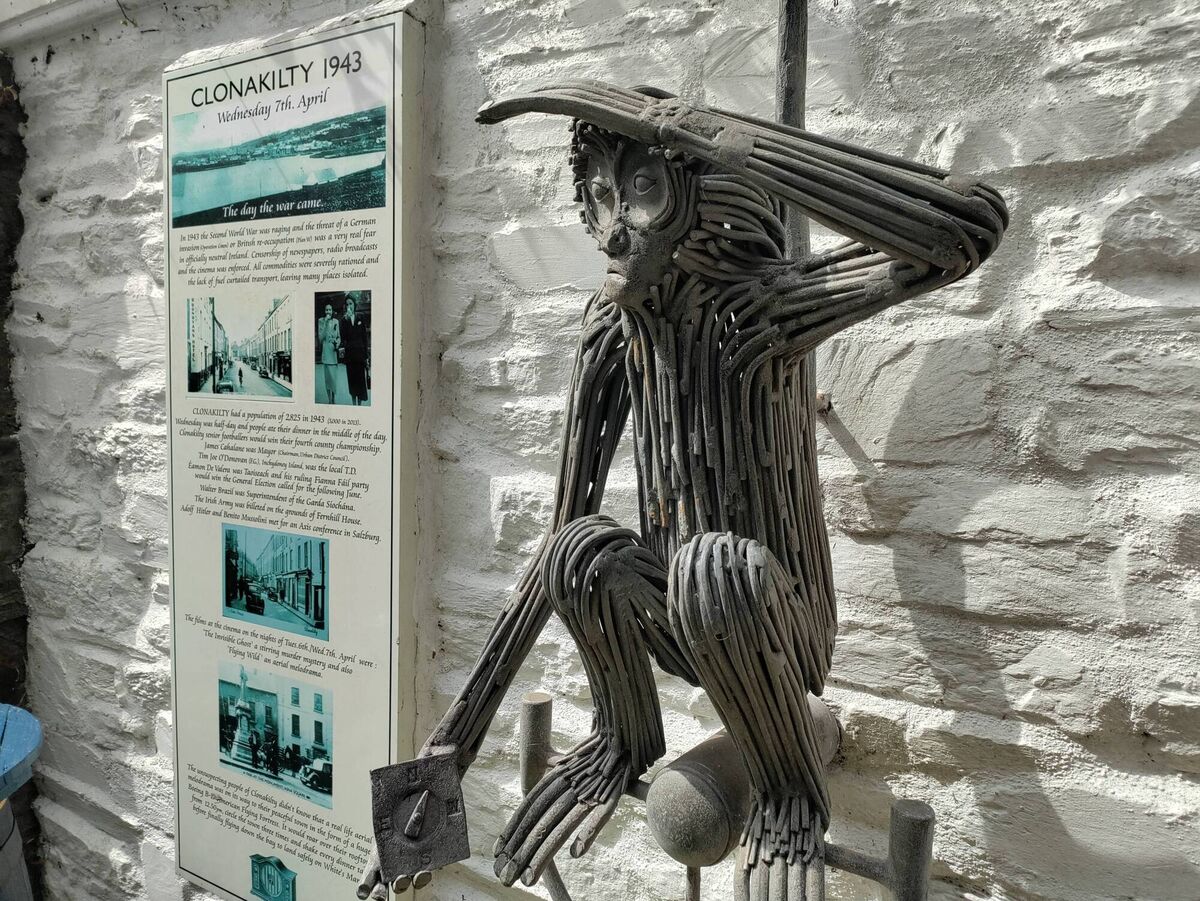
HISTORY HUB
If you are interested in this article then no doubt you will enjoy exploring the various history collections and content in our history hub. Check it out HERE and happy reading
It’s not clear whether the Irish climate or the Irish welcome, with its black pudding and alcohol, killed the poor monkey but when his little body was laid out on a bed in one of the hotel’s rooms, hundreds of people queued up to see it.
This unlikely episode in Irish history is well-known locally but Dena O’Donovan, a seventh-generation O’Donovan hotelier, recounts it to newcomers and visitors (including this one) with infectious enthusiasm.
It’s a timely chat because O’Donovan history will be celebrated with gusto next week when the 2025 O’Donovan Clan Cultural Association Assembly gets underway in West Cork.
It begins on Friday with a screening of , a film on the life of Mary Jane O’Donovan Rossa, poet, activist, and mother of 13, made by her American great-grandson Williams Cole.
How fitting that this evocative cinematic portrait of an exceptional Clonakilty woman will be shown in her home town (3pm at the Clonakilty Park Cinema). It is more fitting still that the audience will be asked to join the campaign to install a public sculpture near Mary Jane’s birthplace to honour her and other female activists’ considerable contribution to Irish independence — and much else besides.
If a visiting monkey has a place in the streetscape, Mary Jane Irwin, as she was when she lived in Clonakilty, certainly deserves ones too.
Though, it’s not as if her native town has forgotten her. She features prominently in the Michael Collins House Museum where you can illuminate the location of her childhood home, Strand House on Sand Quay, on a model of the town.
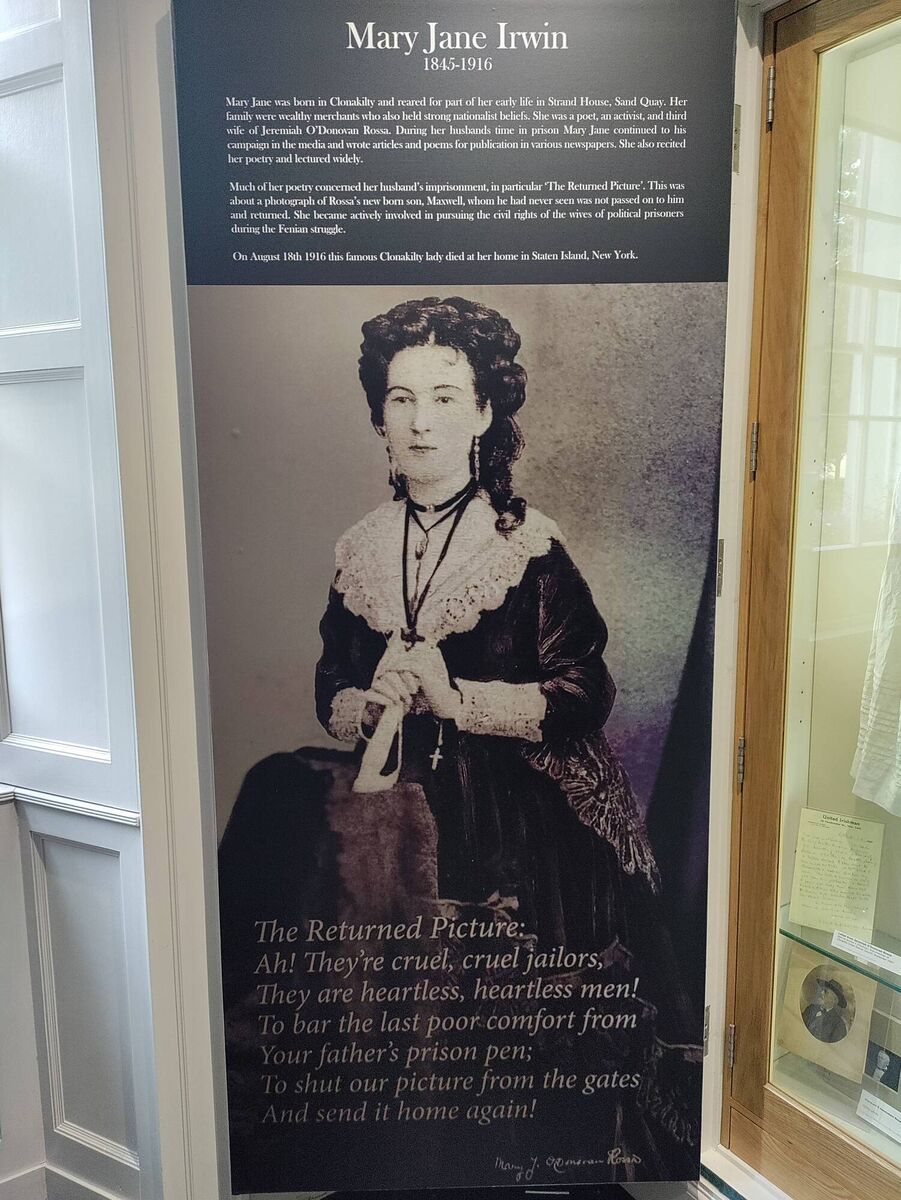
Another panel gives an insight into the difficulties of being the third wife of Irish rebel Jeremiah O’Donovan Rossa. When she tried to send a photograph of newborn son Maxwell to her husband in prison, the photo was returned, unseen.
In a poem called , she wrote of the “cruel, cruel jailors/ They are heartless, heartless men!/… To shut our pictures from the gates/And send it home again.”
This column is a big fan of Mary Jane O’Donovan Rossa and has already outlined how, in the 1860s, she used her gift as a poet to raise awareness, and money for other ‘prison widows’ like herself, during a two-year speaking tour of America.
To sum up her life in the broadest of brush strokes; she was a successful poet and writer, a keen businesswoman, a political activist, an inveterate campaigner for Irish independence — and a mother of 13.
She was also largely overlooked, that forlorn and infuriating adjective that precedes the names of so many women in history.
Mary Jane Irwin, though, was lucky enough to have two great-grandsons who have been telling the world about her for a long time now. I remember meeting them in 2015 at the 100th-anniversary commemoration of Jeremiah O’Donovan Rossa’s funeral in Glasnevin cemetery.
At the time, Rossa and Williams Cole made a point of saying how important it was to remember Mary Jane Irwin too. Margaret (Daisy), the couple’s youngest child, is the Coles’ grandmother.
Since then, Williams has brought worldwide attention to Mary Jane Irwin with his film . There’s a scene in it that shows a committee discussing, in 2017, the possibility of having some form of public tribute to her in Clonakilty.
It beggars belief that we still don’t have a statue of a woman on O’Connell Street, the capital’s central thoroughfare, though efforts by the Maud Gonne Society, founded by writer Orna Ross last year, to have one erected in the city centre will hopefully change that.
Historian Dr Margaret Ward has pinpointed just the spot too — at ‘ruins corner’, on the intersection of Cathal Brugha Street and O’Connell Street where she regularly spoke up for the rights of prisoners.
“I remember my uncle telling me when he was a boy in Dublin, of seeing her speaking [there]. She was still there in the 1930s, a towering figure in her black widow’s weeds. It seems to me that it would be a highly appropriate location for Dublin to pay tribute to a woman who never wavered in her commitment to the struggles of the poor and oppressed,” she said.
Like Mary Jane, Maud Gonne was a staunch supporter of prisoners’ rights and their families. With Charlotte Despard, she set up the Women’s Prisoners’ Dependents League, an organisation of mothers, sisters and wives who gathered outside the gates of Mountjoy during the bitter years of the Civil War to try to locate loved ones, or to bring food to those they knew to be behind the gates.
Both campaigns to bring these women to the streetscape look set to gather even more pace. If… scratch that, when they do, it is also really important to have a conversation about the kind of artwork or sculpture that best suits their legacy.
It was so disheartening to see that Friends of the Factories, an organisation representing the women who once worked in the city’s shirt factories, felt compelled to protest against an artwork at Derry’s Harbour Square which was supposed to honour them.
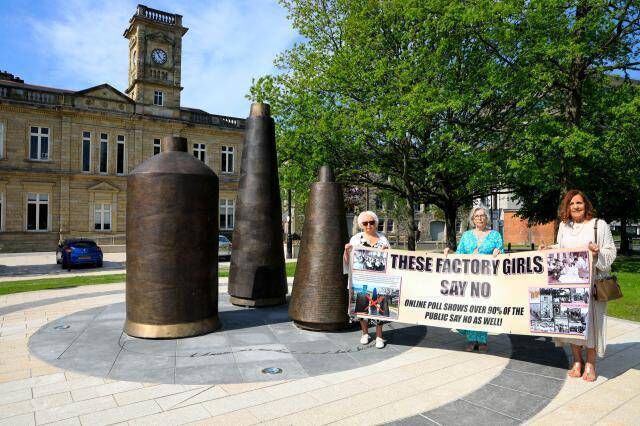
The piece was a representation of spools of thread rather than the workers themselves who, according to one commemorative plaque, were “the backbone of the city… stitching strength and hope in the fabric of everyday life”.
The former workers say they were not consulted throughout the process. Derry City and Strabane District Council begs to differ, saying it “fully engaged throughout all stages of the process”.
There are, of course, two sides to every story but something is clearly wrong when the very people the sculpture purports to represent feel so badly let down by it. Those concerns must be heard — and heeded — because the unveiling of an artwork honouring the contributions of women or workers should be a cause for riotous celebration.
Here’s hoping we will have cause to break out the bubbly soon to do just that when Mary Jane and Maud return to our streets.




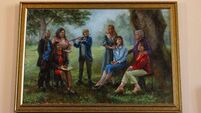
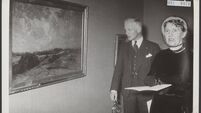
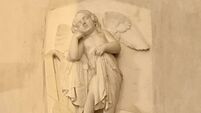





![Johnny_Stephens_Photography-02-425A6831-Edit[1].jpg Restaurant review: The Ivy Asia is an assault on all five senses — I hated it](/cms_media/module_img/9752/4876311_6_teasersmall_Johnny_Stephens_Photography-02-425A6831-Edit_5b1_5d.jpg)
